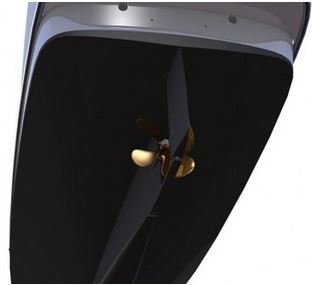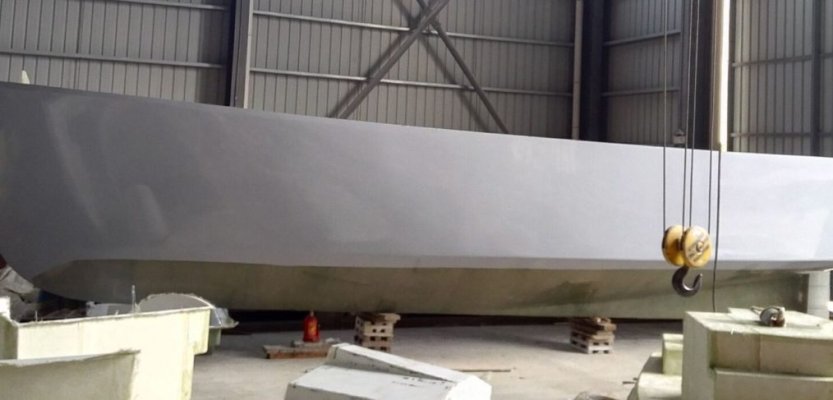Island Bound
Senior Member
- Joined
- Nov 30, 2014
- Messages
- 113
- Location
- USA
- Vessel Name
- Semper Fi
- Vessel Make
- 2005 Great Harbour N37
The first SeaPiper 35 to be delivered was sold after its debut at the Newport, CA boat show in April. The introductory sales price for the boat was $169K and included an extensive options list with a GENSET, autopilot, electronics and a diesel heater as part of the package. This was a great deal for the buyer of Hull #1 and will not be available on subsequent deliveries. That being said, you can still have a well optioned new boat for less than $200K.
SeaPiper has orders for 13 boats and is finishing up work on their own production facility in China which will allow them to build a boat a month. They will eventually have the ability to increase production to 2-3 boats a month as needed. Hull #4 will be delivered to their European distributor in the Netherlands and will be the first boat equipped with the SeaKeeper 2 Gyro. The SeaPiper is a good fit for Europe as it is perfect for the abundant canals and rivers as well as coastal passages.
The boating media has started to take notice and the first two reviews have just been published. The first review was an online write-up published last month on boats.com:
https://www.boats.com/reviews/seapiper-35-review/
The second review is in the August issue of Sea Magazine.
Note: Both reviews incorrectly state that the base price of $169K includes the listed options, which as mentioned, was only for Hull #1.
SeaPiper has orders for 13 boats and is finishing up work on their own production facility in China which will allow them to build a boat a month. They will eventually have the ability to increase production to 2-3 boats a month as needed. Hull #4 will be delivered to their European distributor in the Netherlands and will be the first boat equipped with the SeaKeeper 2 Gyro. The SeaPiper is a good fit for Europe as it is perfect for the abundant canals and rivers as well as coastal passages.
The boating media has started to take notice and the first two reviews have just been published. The first review was an online write-up published last month on boats.com:
https://www.boats.com/reviews/seapiper-35-review/
The second review is in the August issue of Sea Magazine.
Note: Both reviews incorrectly state that the base price of $169K includes the listed options, which as mentioned, was only for Hull #1.






